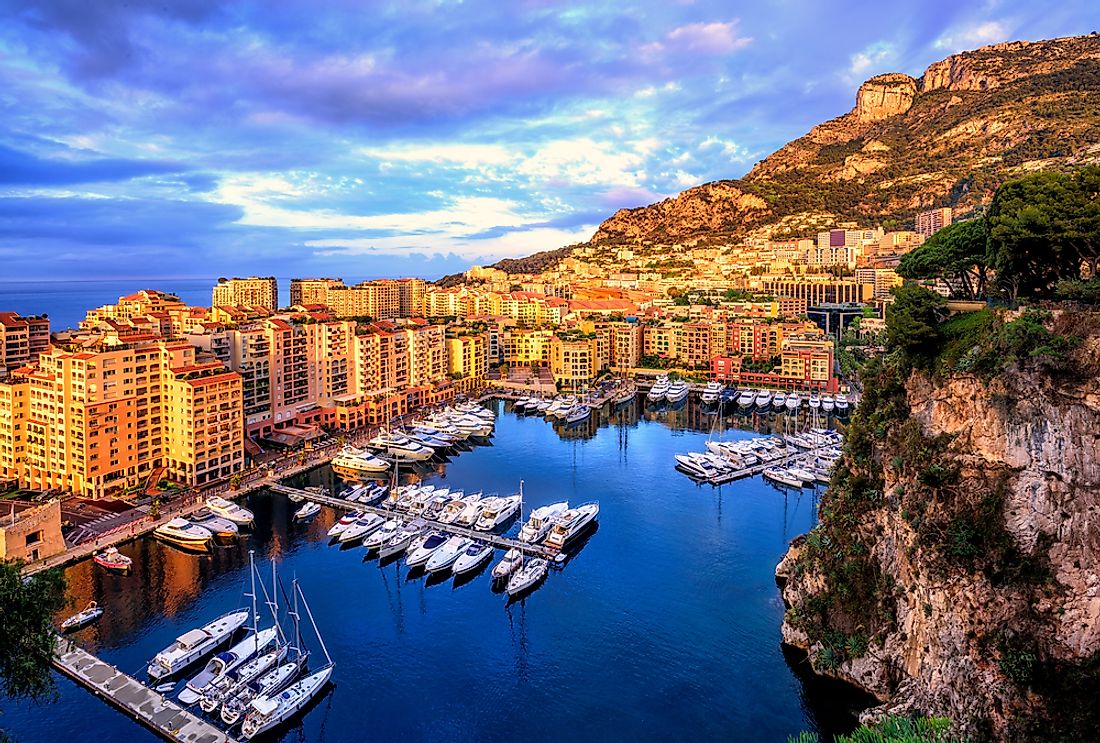What Is the Monegasque dialect?

The Monégasque dialect is a dialect of Ligurian spoken in Monaco. Ligurian is classified as a Gallo-Romance language which means that its roots are in Northern Italy. Ligurian is widely spoken in Liguria which is a coastal region in north-western Italy, including in major urban centers like Genoa. The Monegasque dialect of Ligurian, however, is specific to Monaco and sparsely in parts of the Mediterranean coastal zone of France. Even though French is the official language of Monaco, Monegasque is also referred to as “a lenga d'i nostri avi” or the language of our ancestors.
History
This language has its roots in Genoese, but has evolved with time in accordance with the influence of neighboring tongues. While the language development was still in its budding stages, a dialect appeared in the 1860s as a result of the demographic extension which was instigated by the establishment of Monte-Carlo. The newcomers who came from valleys around Nice, Italy, Piedmont and Liguria each brought their own dialect. United around Monaco’s ancestral language, with which these dialects had a lot in common, each dialect has enriched one common language, which has become a real unique and distinguishing aspect which unifies and identifies Monaco.
Preservation
Monaco nationalists were eager to preserve their unique linguistic identity. This led to the establishment of the National Committee for Monegasque Traditions in 1925. The primary objective of this move was to commence the mission of putting to paper a language which was then only strictly oral, completely lacking any grammar or literature.
Monégasque was threatened with extinction in the 1970s. However, the language is now taught in school and is in no such danger any more. In the old parts of Monaco, the street signs are marked with Monégasque in addition to French.
Language Family
Forming a part of the Western Romance dialect continuum, Monégasque shares many features with the Genoese dialect of Ligurian. However, it is still has some stark differences when compared to its neighbouring regions’ dialects. It was also influenced by the Niçard dialect which is also still spoken in some parts of Monaco. Monegasque, along with all Ligurian languages, is derived directly from the northern Italian languages of the Middle Ages, and has some influence in vocabulary, grammar and syntax from French and related Gallo-Romance languages.
Orthography
Monégasque orthography generally follows Italian principles, with the following exceptions:
- the ü is pronounced [ʏ], as in German, or as the French u.
- the œ is pronounced [e] as the French é, and not like the French œu as in bœuf, which is how œ is pronounced in Ligurian, which also uses the character ö to represent this sound.
- the ç is pronounced as in the French ç [s]: tradiçiùn comes from the Latin traditionem, and not from the Italian tradizione.
Conclusion
The Monegasque dialect is a testimony to the native people’s dedication to keeping their language and heritage alive. The language was vulnerable to extinction and with various efforts it managed to bounce back. Despite only as little as 10,000 who actively converse in the dialect, the Monaco locals who communicate in the language are proud of it and continued efforts for its preservation and development ensure that this language will continue to flourish.







